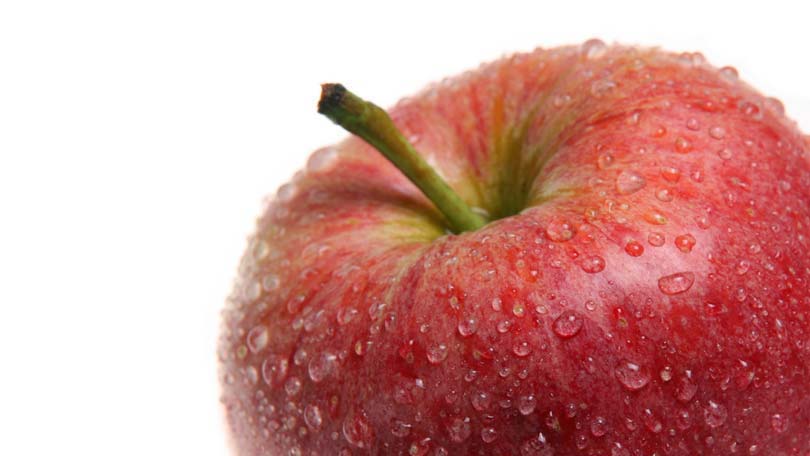
Although hardly ever eaten fresh out of hand like the majority of other fruits, the lime is highly valued as a component in many food and beverage recipes. Most parts of the lime– including the passion (peel), pith (white layer between the peel and flesh), juice, leaves, and flesh– play crucial roles in a variety of dishes in many cultures.
Limes favor tropical climates. It is thought that limes originally originated from Southeast Asia, where Arab traders acquired them and returned them to Egypt and Africa in the 900s. Moors introduced limes to Spain in the 1200s, and then the fruit was distributed throughout Europe during the Crusades. Columbus brought limes to the Caribbean on his 2nd voyage to the New World. They were subsequently cultivated in the Florida region by Spanish explorers. Today, the leading lime producers consist of the United States, India, Italy, Mexico, and Spain.
Limes are offered year round, although they are in their peak season from May through October. The two varieties of limes utilized most prevalently are the larger Persian (known likewise as Tahitian or Bearss) and the smaller Key (known likewise as Mexican or bartender’s).
When choosing a lime, look for one that is vibrantly colored, shiny, blemish-free, and shiny. It ought to be heavy for its size, and firm however springy to the touch.
Limes will keep their fresh taste if kept at room temperature level for as much as one week, or loosely wrapped in the fridge for up to one month.
If you are juicing the lime, bring it to space temperature initially; a warmer lime will produce more juice. Then, using moderate pressure with your hand, roll it on the counter prior to juicing; this will launch even more juice. If you wish to store the juice for future usage, you can freeze it in ice cube trays, and keep them in zip-loc baggies for approximately four months.
One fascinating little trivia is that the nickname “limey” originated from the 1800s, when British sailors were released a daily ration of limes since the fruit’s high concentration of vitamin C prevented scurvy. (They didn’t actually know why or how it worked up until 1923, when the health advantages of vitamin C were discovered.) In addition to their antioxidant-rich abundance of vitamin C, limes likewise include cancer-fighting limonins.
Lime juice is popular in numerous beverages, consisting of nonalcoholic beverages such as limeade, along with cocktails such as margaritas. Numerous industrial carbonated beverages include lime as the primary flavor. Limes are likewise a popular garnish, either as a twist (as in a gin and tonic) or as a wedge (typically acted as an accompaniment to Mexican beer).
Like the juice of lemons, lime juice avoid oxidation and therefore can be sprayed on fresh-cut fruit to avoid it from browning. Lime juice serves as a fantastic salt replacement for people who are controling their sodium intake.
Of the myriad lime recipes taken pleasure in around the globe, among the most popular desserts is Key Lime Pie, which was developed after sweetened condensed milk was introduced to the Floridian Keys in the 1850s.
Secret Lime Pie
For crust:
1 1/4 cup Nilla Wafer crumbs
1/3 cup brown sugar
6 tablespoons butter, melted
For filling:
4 egg yolks (reserve whites for meringue).
14 ounce can sweetened condensed milk.
1/2 cup essential lime juice.
1/2 teaspoon cream of tartar.
For meringue:.
4 egg whites.
1/4 teaspoon cream of tartar.
pinch of salt.
1/2 cup granulated sugar.
Combine crust components in a bowl. Mix well. Press securely into a pie plate to form a crust.
Bake crust at 350 degrees for 10 minutes until gently browned. Cool on wire rack.
Beat the egg yolks until they appear pale yellow.
Stir in the sweetened condensed milk, lime juice, and cream of tartar.
Spoon into crust and bake at 325 degrees for 10 to 15 minutes, up until filling is set.
Cool 15 minutes on a cake rack.
Freeze for at least three hours.
Beat egg whites, cream of tartar, salt, and sugar until stiff peaks form.
Spread meringue over pie, developing peaks and sealing edges to crust.
Bake at 350 degrees for about 15 minutes or up until meringue is golden.




